Claudette Colvin
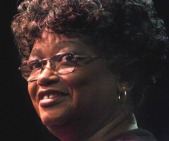
This picture is of Claudette Colvin. She was only fifteen years old in March 1955, when she was riding a bus and a refused to give up her seat. She was arrested for this. It was only nine months later when Rosa Parks decided not to give up her seat to a white man. Some people say that she was the first Rosa Parks.
Fred Gray Sr.
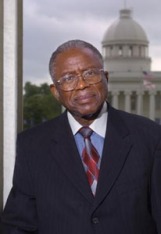
This is a picture of Fred Gray Sr. Today, he is known as a famous civil rights attorney. Fifty years ago, he had a case with the U.S. Supreme Court. He successfully made it so there was no more segregation on Montgomery buses. He was also the attorney for Martin Luther King Jr. and Rosa Parks. At the age of 74, he is still an attorney.
"The bus situation and how our people were treated on buses bothered me," Gray said. "While I didn't have any direct altercations with anybody, I had seen many people who had, and when I looked around and realized that everything in Montgomery was completely segregated ... I just concluded there was something wrong about all of that."
Lucille Times
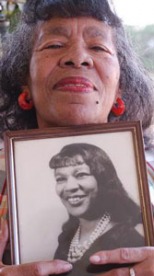
For Lucille Times, the Montgomery bus boycott started six months earlier than everyone else. Lucille was on her way to the cleaners one day when a montgomery bus driver nearly drove her off of the road into a ditch. The bus driver cursed at Lucille and then Lucille barked back a curse. Then a police man got involved and told Lucille that if she was a man, he would beat her to jelly. But the officer let her go. Lucille was furious. She wanted to start a boycott, but her husband said no. But finally a montgomery bus boycott did come. To this day, Lucille says she still hasn't ridden on a Montgomery bus.
Lillie Mae Bradford
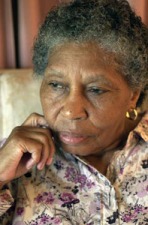
Picture this. You are 23 years old. You just finished your shift as a custodian in May 1951. You get on the local bus and the bus driver punches in your slip wrong making it so you have to pay more money. This isn't the first time it happened. You really weren't allowed to talk to the bus driver. But you confront him about the slip anyway. He refuses to listen to you and tells you to sit at the back of the bus several times. You sit at the front of the bus and try to talk to him. He still doesn't listen to you. Then all of a sudden he goes to the Atlanta Highway on Wares Ferry Road. He gets out and makes a phone call. Then when he gets back on the bus he drives to the corner of Madison Avenue and Union Street. A police man is waiting for you there. You are arrested. This is what happened to Lillie Mae Bradford. But once the boycott started, everything started to get better.
"I I knew from that point forward that things would change," Lillie Mae Bradford said.
Reverend Robert Graetz
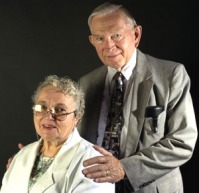
Reverend Robert Graetz was a white preacher who supported African- Americans and was one of few whites who participated in the Montgomery bus boycott. A plethora of people didn't like that. They slashed his tires, bombed his house three times, (Only two bombs went off.) and put sugar in their car tanks to keep him from helping the boycotters. He does admit that sometimes he was scared to death. He wrote a book called, "A White Preacher's Memoir." It's about the Montgomery boycott and the role that he took in it. He describes this whole thing as a movement of the church. A christian church in a black community.
